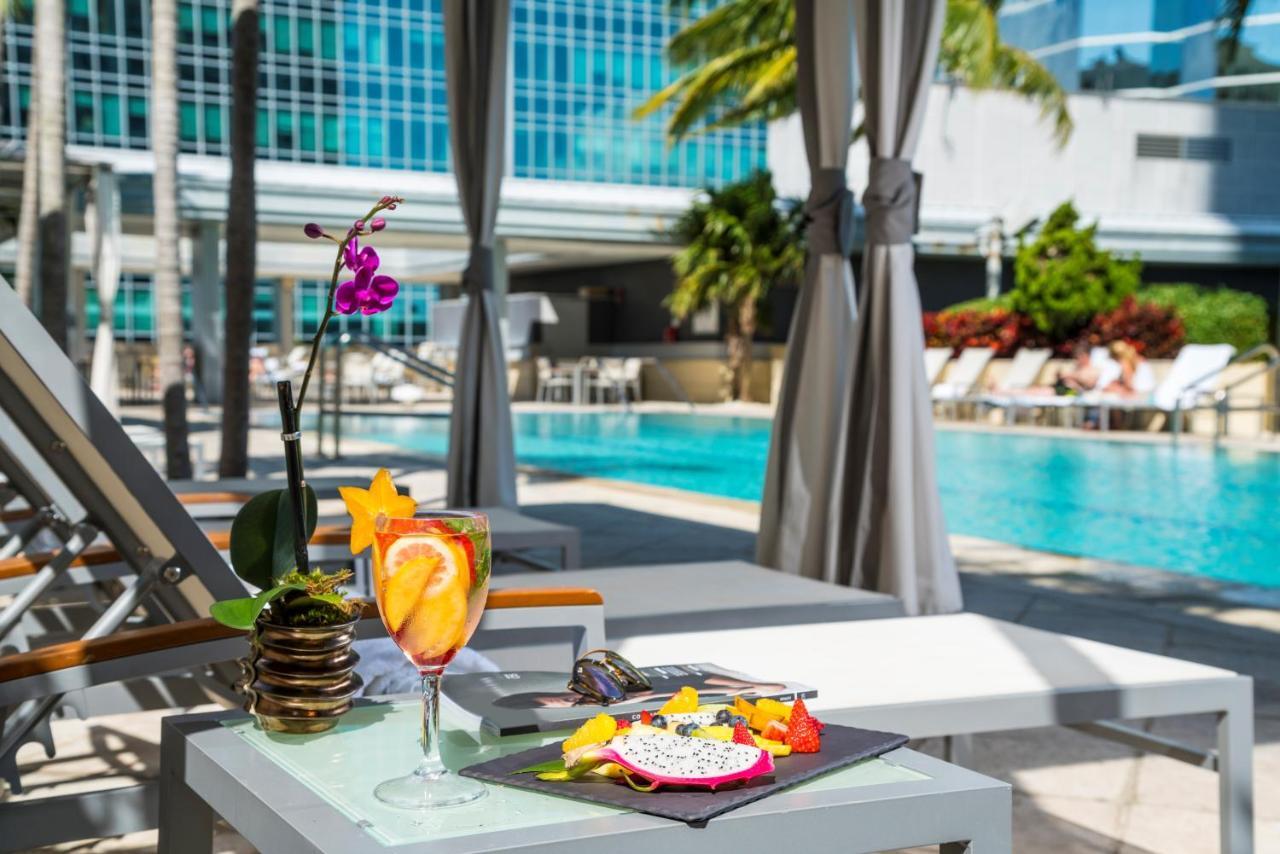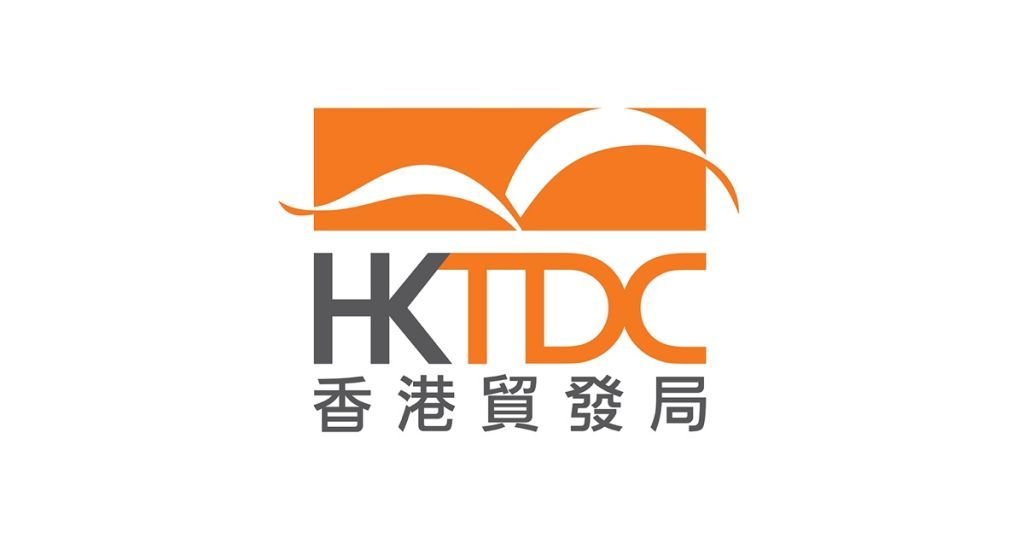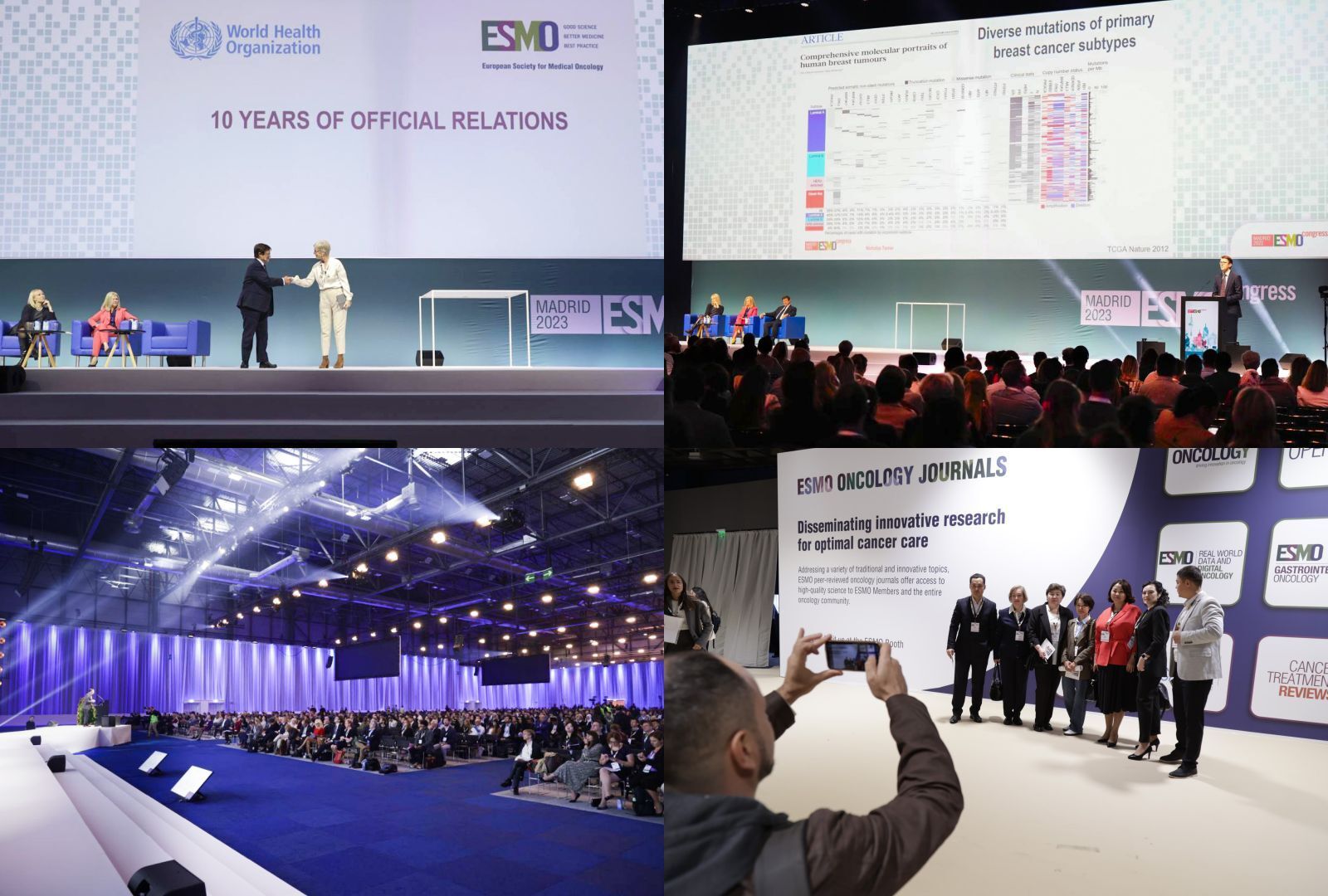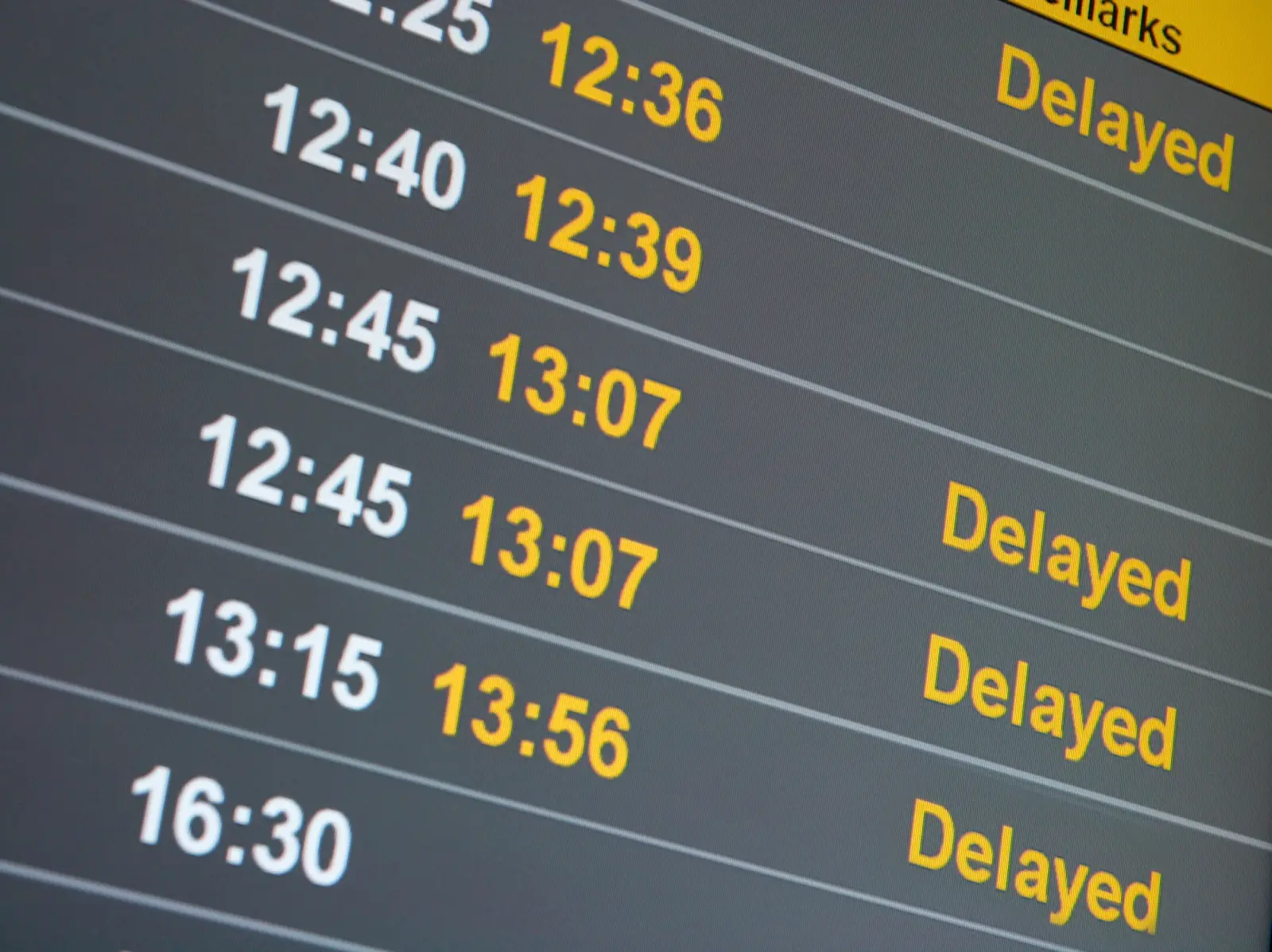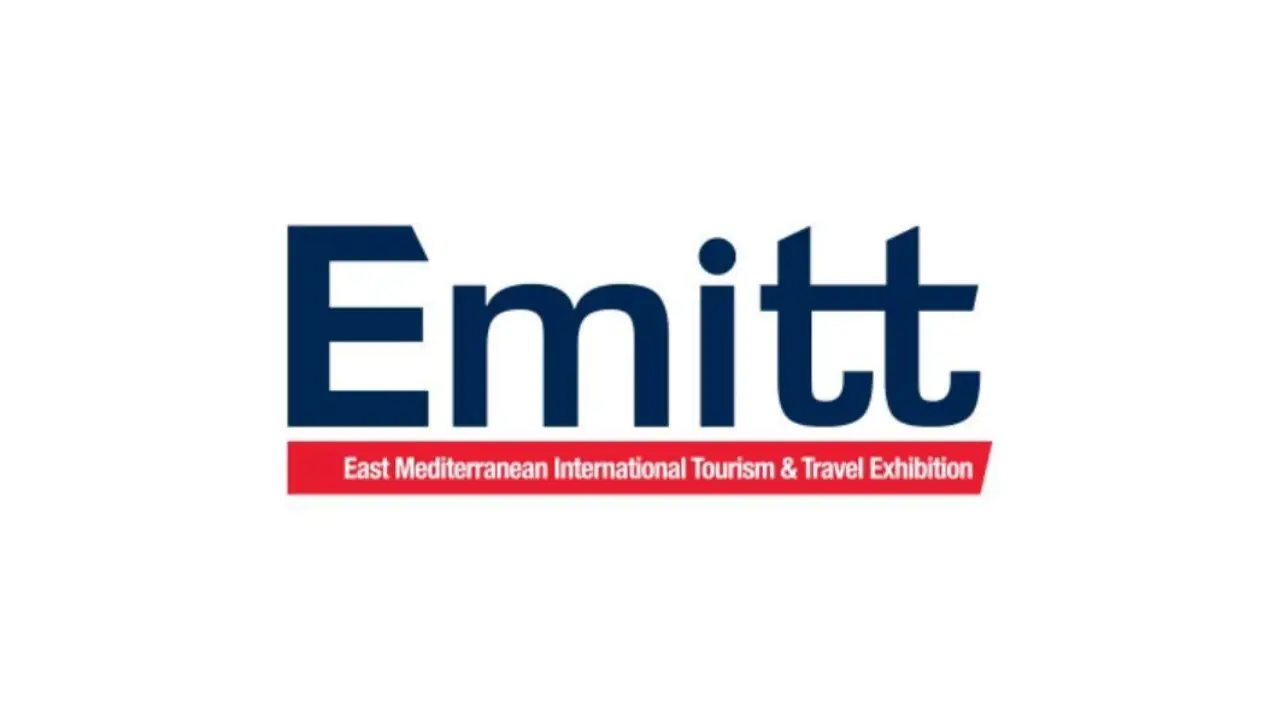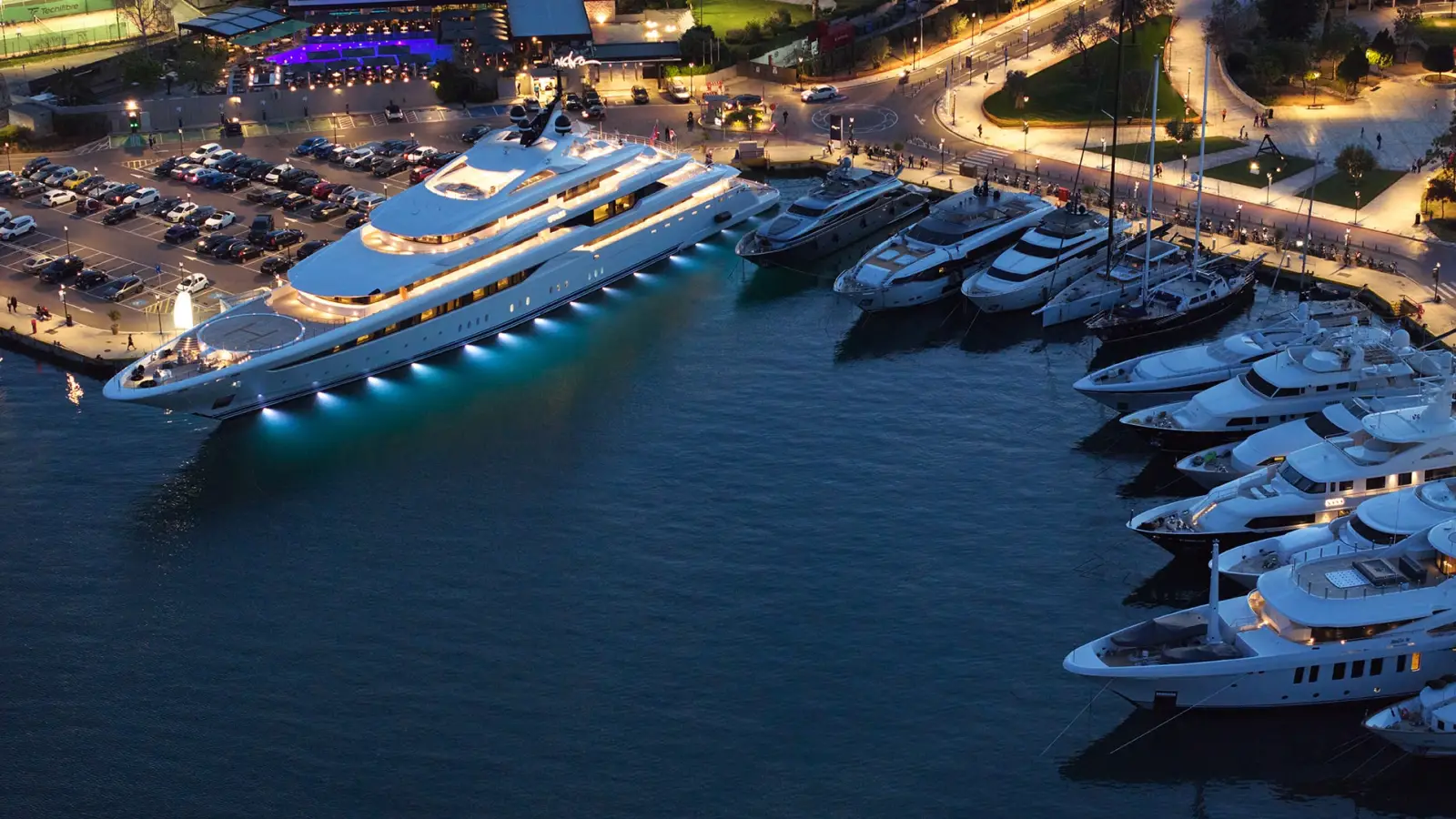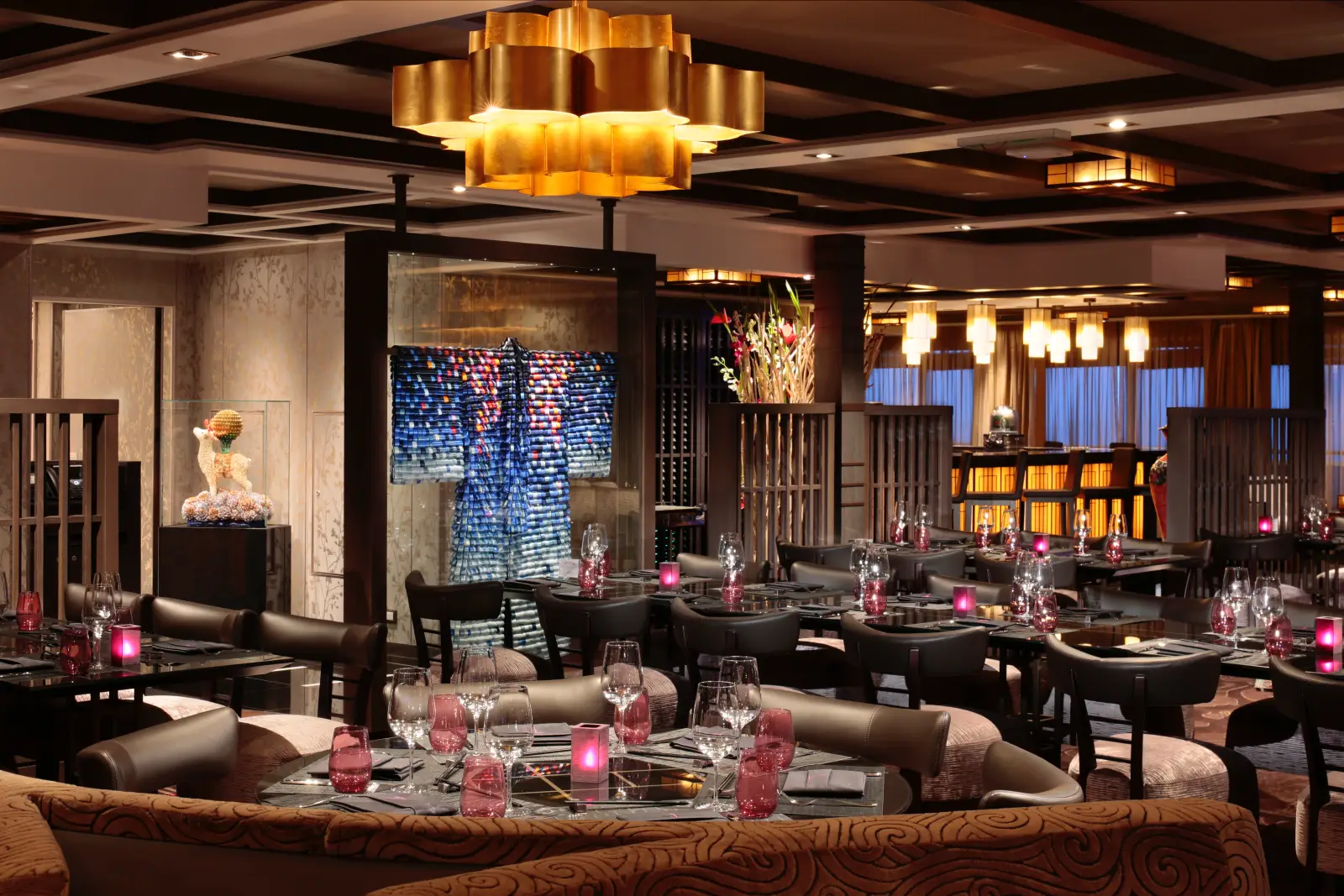Thai tourism industry is shifting its tourism strategy focus from quantity to quality. The Tourism Authority of Thailand (TAT) announced the move to the new strategy. The tourism industry of Thailand will focus on measurements such as visitor expenditure, average length of stay, and the overall quality of the visitor experience.
The Tourism Authority of Thailand (TAT) has finalised its marketing plan for 2016 that will focus on promoting the kingdom as a “Quality Leisure Destination through Thainess.” Minister of Tourism and Sports, H.E. Kobkarn Wattanavrangkul has called on the entire industry to work on the principles of the 3Rs: “Restructure, Rebalance and Reposition.”
The theme of this year’s meeting was ‘Synergy for the Best’ because the entire tourism industry will be joining hands to work together to be able to achieve the country’s goals. The Minister said, “The government is promoting close collaboration among all stakeholders with transparency, synergy and quick action.”
In 2016, we are confident that Thailand will remain in the top 3 ranking in terms of international tourism receipts in the Asian region. The targets for 2016, as measured entirely in revenue earnings, are up by 8% over the projected earnings for 2015, or around 2.3 trillion Baht. Also international and domestic tourism will be both up by 8% over the same period, which is above the growth projections for the overall Thai national economy for 2016.
The theme, along with the targets and marketing strategies were finalised at the TAT’s annual marketing plan meeting held in the beach resort of Bang Saen, a rapidly emerging destination about 65 kilometres east of Bangkok. The meeting was attended by more than 400 TAT executives and officers from head office and worldwide.
Mrs. Juthaporn Rerngronasa, Acting Governor of TAT said, “This plan marks the opening of a new chapter for Thai tourism. It is based on the fact that there is more than adequate accessibility to Thailand via excellent air, road and sea connections, as well as smooth facilitation that allows visa-free or visa-on-arrival access for citizens from 68 countries and territories.
“As Thailand has the natural geographical advantage of being located right in the heart of the Asia-Pacific and ASEAN regions, we can be sure of strong arrival figures for years to come, assuming that the external and internal operating environment remains stable. So, we can confidently say that the era of promoting ‘quantity’ is over. The era of promoting ‘quality’ has begun.”
In her speech to the delegates, Tourism Minister H.E. Kobkarn highlighted the importance of the Thai tourism industry for economic development, job creation, and income distribution.
She said that the new policy to develop a sustainable and well-integrated tourism industry would require close cooperation with the public and private sectors and focus on the 3 R’s:
Repositioning: Gearing towards tourism quality (Quality Leisure Destination).
Restructure: Identifying new target markets both in terms of geography and customer segments.
Rebalance: Attaining a balance between economic, social and environmental development by better spreading the benefits of tourism across Thai society, and reducing the social, cultural and environmental impact.



